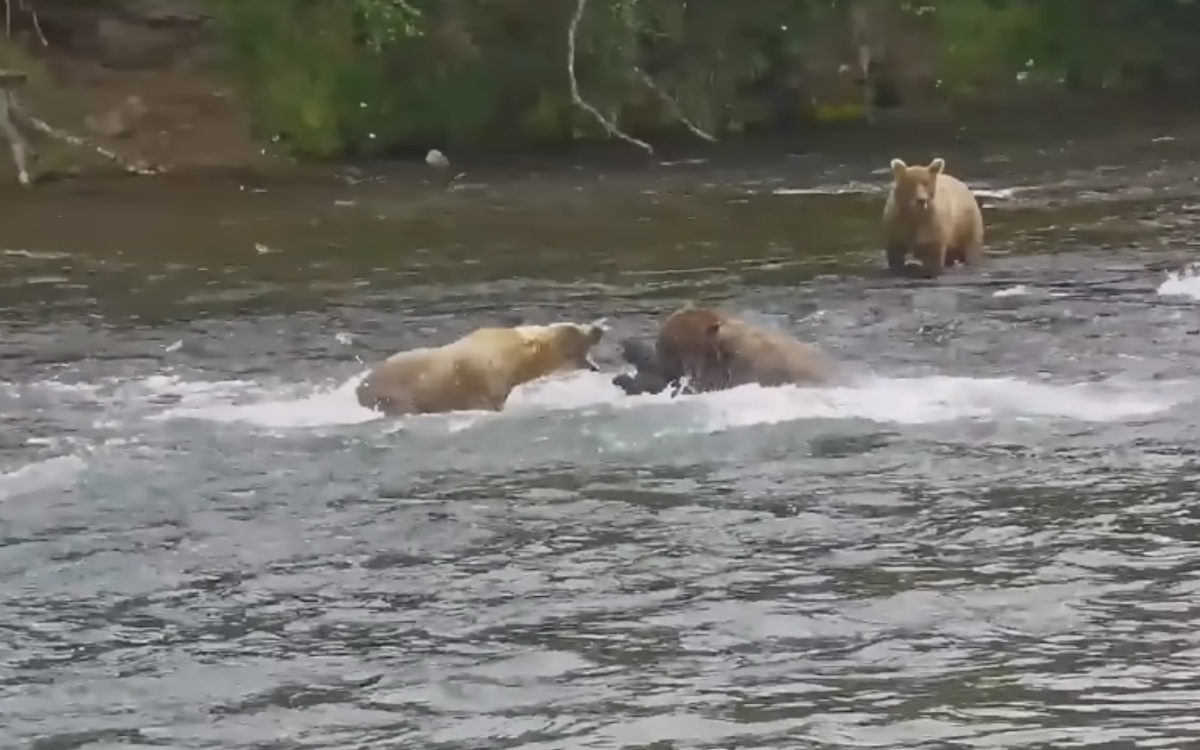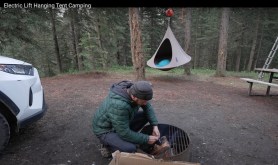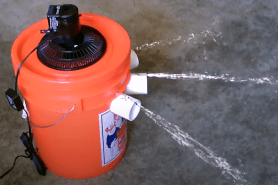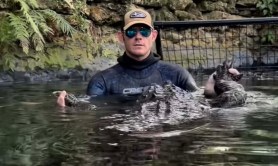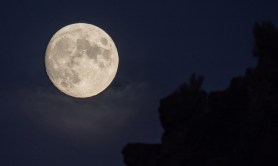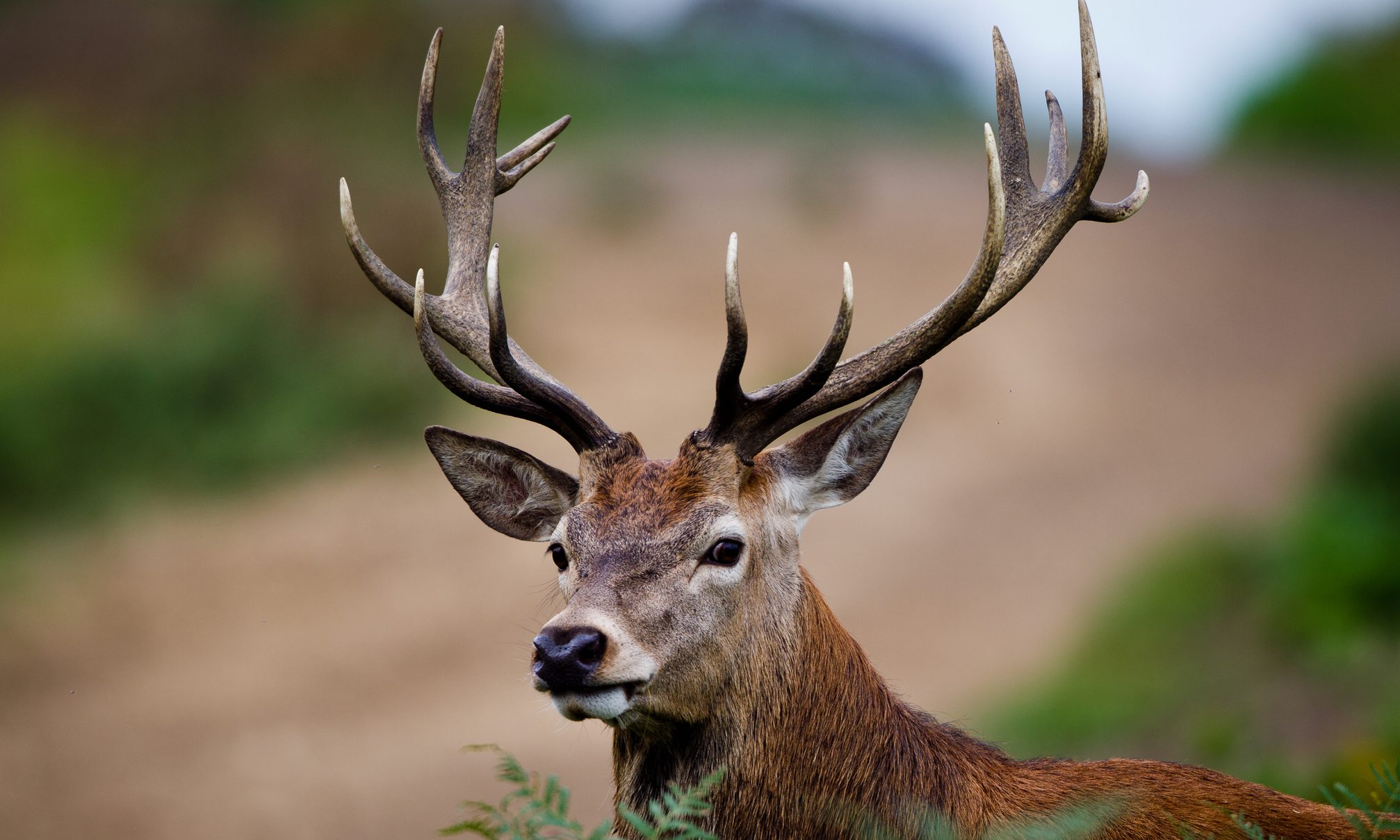

Each year, deer—as well as elk, moose and caribou—shed their antlers before growing a new pair a few months later.
Videos by Outdoors with Bear Grylls
While scouring the woods in search of this headgear has long been an off-season hobby for hunters, shed hunting has picked up steam among other outdoors folks who enjoy the thrill of a found trophy.
Joe Shead, the founder of Go Shed Hunting, has found approximately 1,000 antlers and authored an in-depth guide to help others enjoy similar success. He’s nailed down when, where and how to shed-hunt for the most efficient antler-finding missions.
Whether you want to incorporate antlers into a stunning home decor piece, turn them into one-of-a-kind jewelry or give your pup nature’s best chew toy, these are the basics to getting started shed hunting.
Plan ahead
Before you head out, check shed-hunting regulations, which vary from state to state. In some areas where too much human pressure can put stress on herds, shed hunting may be illegal or limited to a designated season. And shed hunting in national parks is never legal.
While shed hunting doesn’t require a bunch of specialized gear, it’s wise to take a GPS with you. Shead says it’s easy to get turned around when you’re just focusing on the ground beneath you and wandering off-trail. A decent pair of binoculars can also help you catch a glimpse of half-hidden sheds poking through snow, and a solid pair of boots will preserve your feet as you log miles and miles on the hunt.
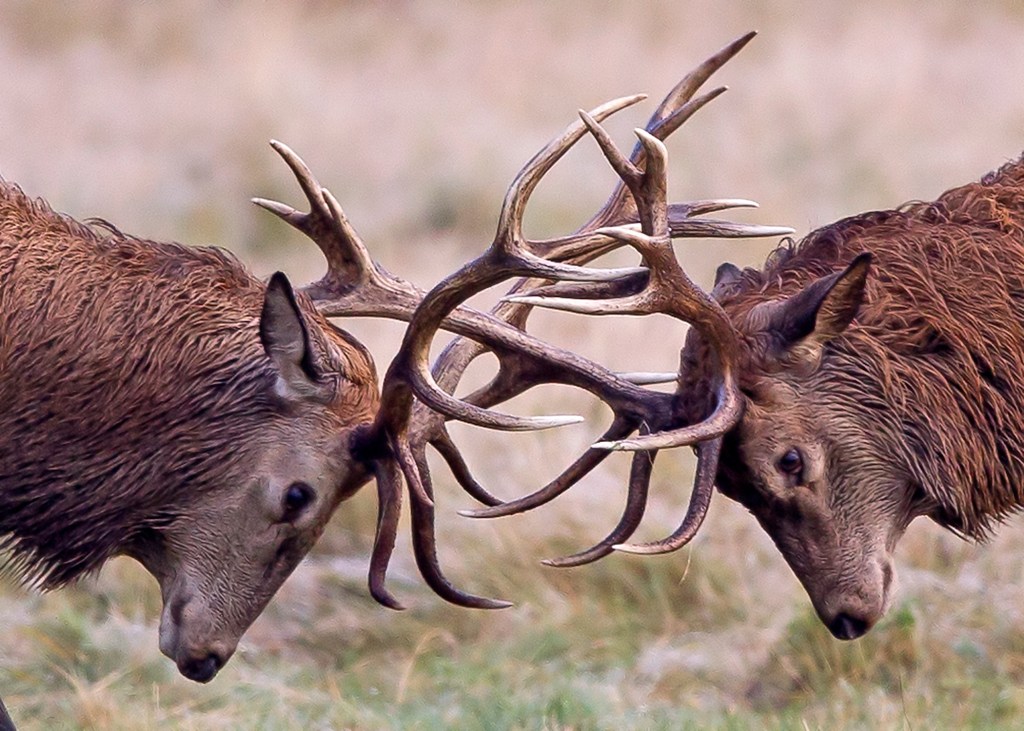
You might also consider training your dog to sniff out antlers to boost your trophy count by up to 50% — something Shead covers in his book.
Finally, keep your expectations in check. Even if you get permission to shed hunt on private land where competition isn’t stiff, sheds can be hard to come by and even tougher to spot.
Time it right
Region, weather and habitat conditions can all affect when any particular buck’s antlers will fall off. While deer typically lose their antlers anytime between January and April, the majority of them drop between February and March.
Shead says he generally prefers to wait until March to shed hunt, when the woods are easier to navigate and the majority of bucks are running around without antlers.
“I’d much rather shed hunt in the spring after the snow melts than be out there constantly walking through knee-deep snow,” he says.
Sure, you might leave some of the easy-to-find sheds for others who hit the backcountry earlier in the year, but you’ve still got a chance at finding some in the remote areas farther off the beaten path.
When he’s shed hunting highly trafficked areas on public land, though, he’ll often adjust his strategy and go out early and often to beat the competition.
Look for the signs
Shead says understanding some basics about deer behavior beforehand will you help you dial in on the areas where you’re most likely to find sheds.
During the cold-weather months when antlers could drop at any time, deer hunker down in “wintering areas.” They’re conserving energy, seeking refuge from the snow and sticking close to food sources. So Shead concentrates on areas where thick ground cover is adjacent to agricultural fields, food plots, leftover acorns or woody browse.
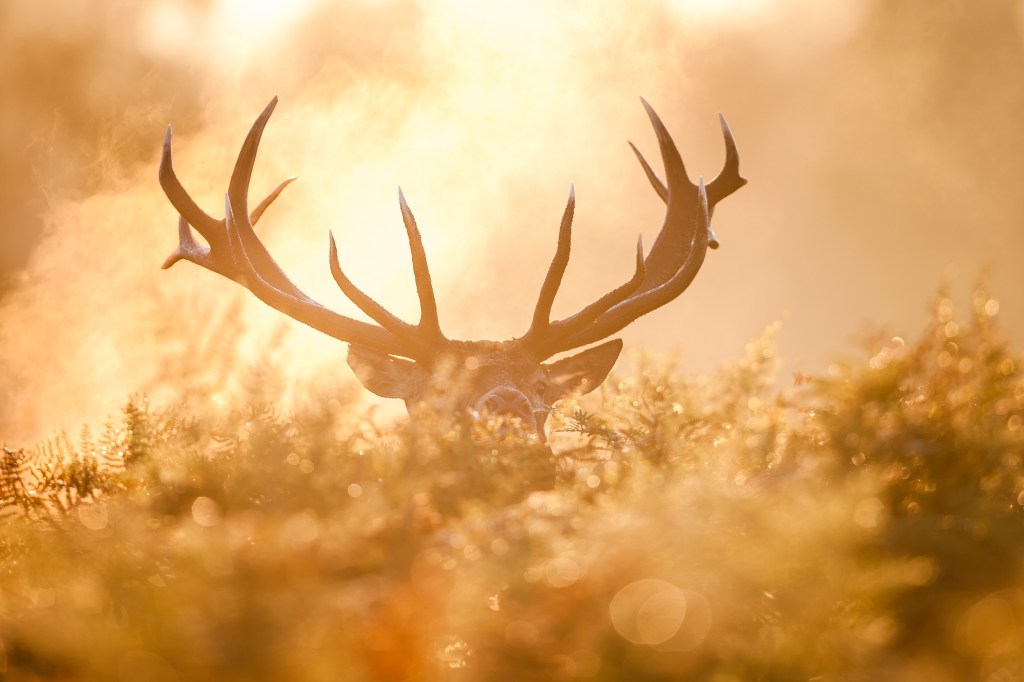
The trails or travel routes between these two areas can also produce sheds as well as anywhere deer have to jump to clear an obstacle. The impact of landing after crossing a creek, ditch or fence can easily knock an antler loose.
While you could just mosey around hoping to stumble upon a shed, Shead says moving slowly and intentionally is key to scoring these easy-to-miss treasures.
Sometimes bucks will shed one antler immediately after the other, and other times a week or so will pass before the second one falls. Matching sets, especially from a large or unique buck, are prized finds but can be notoriously difficult to get your hands on.
“You really have to look hard because if you find an antler and the match was 200 yards away and you missed it, the next thing you know, you’re a half a mile away looking for something that was right there,” he says. “So you really need to be thorough if you’re going to put in the effort to match up a set.”
The more you go, the more you learn—and the better you’ll understand what types of deer sign and habitat to look for.
“It’s really rewarding when you can go out with your friends and say, ‘If they’re in this area, there’s probably a shed under this tree.’ And one time out of a hundred, you’ll get it right,” he says. “But when you do, they’ll really think you know your stuff.”

